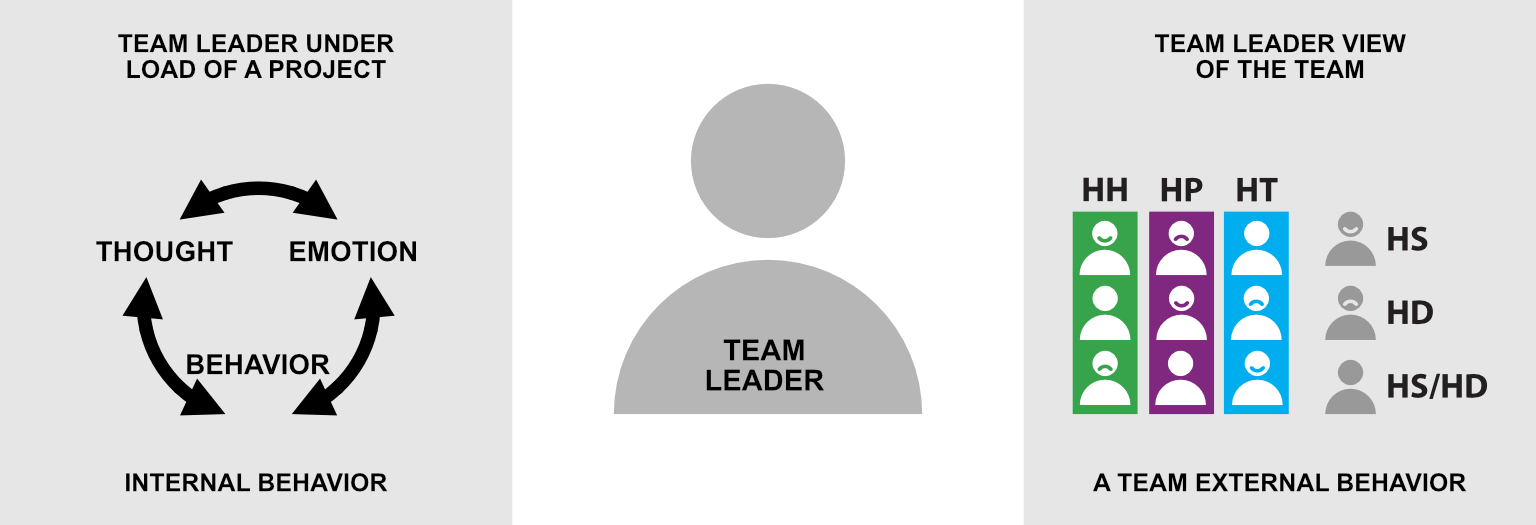Figure C6f. Collective behavior and thinking (cognitive psychology)

Figure C6f. Collective behavior and thinking (cognitive psychology)
A team is a structured group of people who share a unique data environment that builds and adapts to link the work algorithms that lead the team to the goal.
A team comprises members dependent on each other, work towards interchangeable achievements, and share ordinary attainments.
Such a team works together to achieve certain things. We can say that a team is a living algorithm of every project in this context.
All instruction, information, and calculation are a matter of people. People have to develop machines, and machines assist them. Devices (machines) lead them on the algorithm paths.
For disseminating the Algorithmic Framework Theory (AFT) and testing (development), any team leader and the team members are the best base on starting and winning the new project paradigm for the SED, DRR, and HA projects package. It will not be easy.
Let's take on the role of an observer of development like this. We will begin to recognize the risks of individual and collective approaches of individuals and different groups (including teams) to the package of SED, DRR, and HA projects.
If we simplify everything, focus only on the structure of inputs and outputs, and call the whole process a "black box," we see psychologists and sociologists' essential role in interpersonal relationships. It does not matter what inputs or outputs are.
It is a task for "big data" and for the "statistical decision-making process" (numerical benchmarks, monitoring, and evaluation of the progress of a specific policy or program). It is a process of collecting and analyzing data to identify patterns and trends.
It's a method of using numbers to remove the critical faults, e.g., any bias when reviewing information and relevant data. More details for the reader can be seen in Figure C6g.